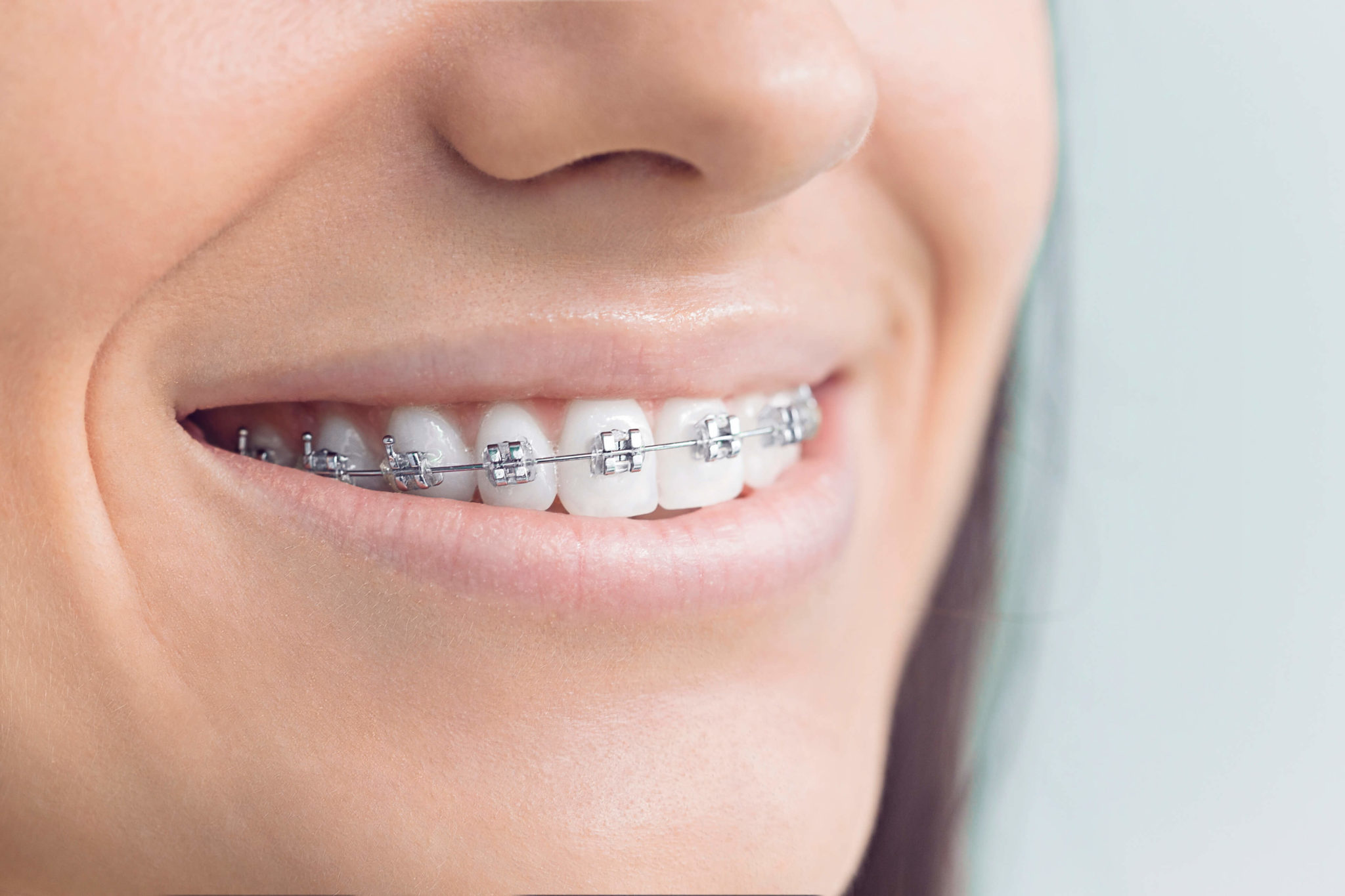Orthodontics
Years ago, orthodontic treatments were used only for pre-teens and teens having problems
with their bite (malocclusion). Today, orthodontic treatments like dental braces are not
only for pre-teens and teens, but for adults as well.
Close to 30 percent of all orthodontic patients in the world are adults. Despite this
growing trend towards adult orthodontics, it pays to start orthodontic treatment early
for maximum effectiveness. The American Dental Association recommends that children
receive an orthodontic evaluation by age seven.
Since malocclusion may interfere with eating and speaking, it is usually considered a
restorative issue. Although, because a malocclusion may prevent the development of a
beautiful, well-aligned smile or facial jaw lines, it may also be classified as an
esthetic issue and categorized as cosmetic dentistry.
No matter what your age, orthodontics can protect your bite (occlusion), maximize your
teeth's effectiveness in performing their functions and create a well-aligned smile.
Today’s orthodontics involves repositioning of the teeth and underlying roots, providing
better support for the crown of the tooth. Orthodontic treatment is now associated with
the benefits of greater esthetic appeal, increased comfort and reduced treatment time.
Orthodontic treatment can also rejuvenate your facial appearance by reshaping the jaw,
neck and lips, especially when combined with maxillofacial surgical procedures. In
addition, well-aligned teeth make oral hygiene easier to maintain.
Dental Braces
Today's dental braces are much improved for a variety of reasons:
Reduced Treatment Time: Computer-aided technology offered through some orthodontic
offices today helps the orthodontist to create ideal tooth positions. Some reports
indicate that the aid of such technology can reduce treatment time significantly.
Comfortable Treatment: Dental brace wires are now made of materials that serve to
reposition the teeth and underlying roots more readily and with less discomfort than in
the past. Titanium implants can be anchored in the bone on the side of the mouth and
palate to help shift the front teeth back and allow for more space if necessary. The
molars of a braced patient may have magnets attached to them in order to help lift and
reposition underlying molars. In addition, headgear is no longer needed as it was in
past orthodontic treatment.
Esthetic Appeal: A new, popular form of dental braces for those with mild tooth movement
requirements is clear dental braces (tooth-colored dental braces). These "invisible
braces" or aligners are made of a flexible, clear, thin material that fits tightly over
the teeth. This material is changed out every two to three weeks so that gradual tooth
movement occurs. To monitor the movement of the teeth, your orthodontist will likely
want to see you every six to eight weeks.
And in the end, you are rewarded with a beautiful, well-aligned smile.



 Türkçe
Türkçe

